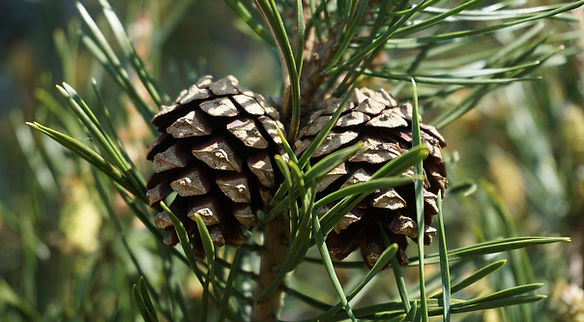
Celebrating National Tree Day!

Seán Morris, Helena Jakczak & Miriam Bialokurec planting their sapling!

Seán Morris, Helena Jakczak & Miriam Bialokurec planting their sapling!
Glennon Brothers National Tree Day October 2nd 2025
Lá na gCrann – 2 Deireadh Fómhair 2025
Glennon Brothers is a third-generation family business established in 1913 in Longford. They convert logs from the forest into timber, which has many uses, including construction and the repair of houses. For every tree they use, new trees are planted to keep our forests healthy and full of life.
This year, we are looking at trees from the point of view of forestry. Trees grown for timber are fast-growing. In about 35 years of growth, they capture at least three times more carbon from the atmosphere than slower-growing deciduous trees. And when the timber is used, such as in houses or furniture, that carbon remains locked away.
Timber replaces cement and steel in house building, especially when timber-framed houses are built. When we buy furniture made from Irish-grown timber, it means that forests are not being felled in other parts of the world to supply us with timber.
By storing (sequestering) carbon in timber and planting fast-growing trees that capture more each year, Ireland can stay on track with its climate goals. This helps avoid missing 2030 targets and paying millions in EU fines. That’s why this year’s National Tree Day highlights the vital role forestry plays in Ireland’s fight against climate change.
So bring your love for nature and get ready for the wildest, woodiest, most wonderful Tree Day ever!

Welcome back, Nature Heroes!
Say hello to our new partner - Glennon Bothers!
With nutty excitement!

Free Trees for Schools - Claim yours!
We’re giving away 2,000 FREE Scots Pine saplings to schools all across Ireland!
You can plant your sapling in the school garden, or even in a big pot in your classroom. Then, watch it grow taller year after year – just like you! Caring for your tree is a brilliant way to help nature, give wildlife a home, and make the world greener, one tree at a time.
So bring your love of nature, and get ready for the wildest, woodiest, most wonderful Tree Day ever!
Spotlight on the SCOTS PINE
This year, we’re celebrating the Scots pine, that’s called Pinus sylvestris in Latin and An Giúis in Irish!
Despite the name, the Scots pine is native to Ireland. It’s an evergreen tree with long needles and pine cones, and it’s brilliant for wildlife.
Building a Better Future!
This year’s Tree Day Theme is all about Planting Trees and Building a Better Future.
We explore how trees provide us with clean air, shelter for wildlife, and the timber that has been used to build homes, furniture, tools, and ships for generations.
What Is National Tree Day All About?
Every year, the Tree Council of Ireland organises a very special day just for primary schools, National Tree Day! It’s your chance to discover how amazing trees are, why they’re so important for our planet, and the simple things we can all do to care for nature.
On this day, schools across Ireland come together to learn fascinating facts about trees, explore the outdoors, enjoy fun tree-themed activities, and celebrate our wonderful, varied biodiversity.
 |  |
|---|---|
 |  |
 |  |
 |  |
 |  |



